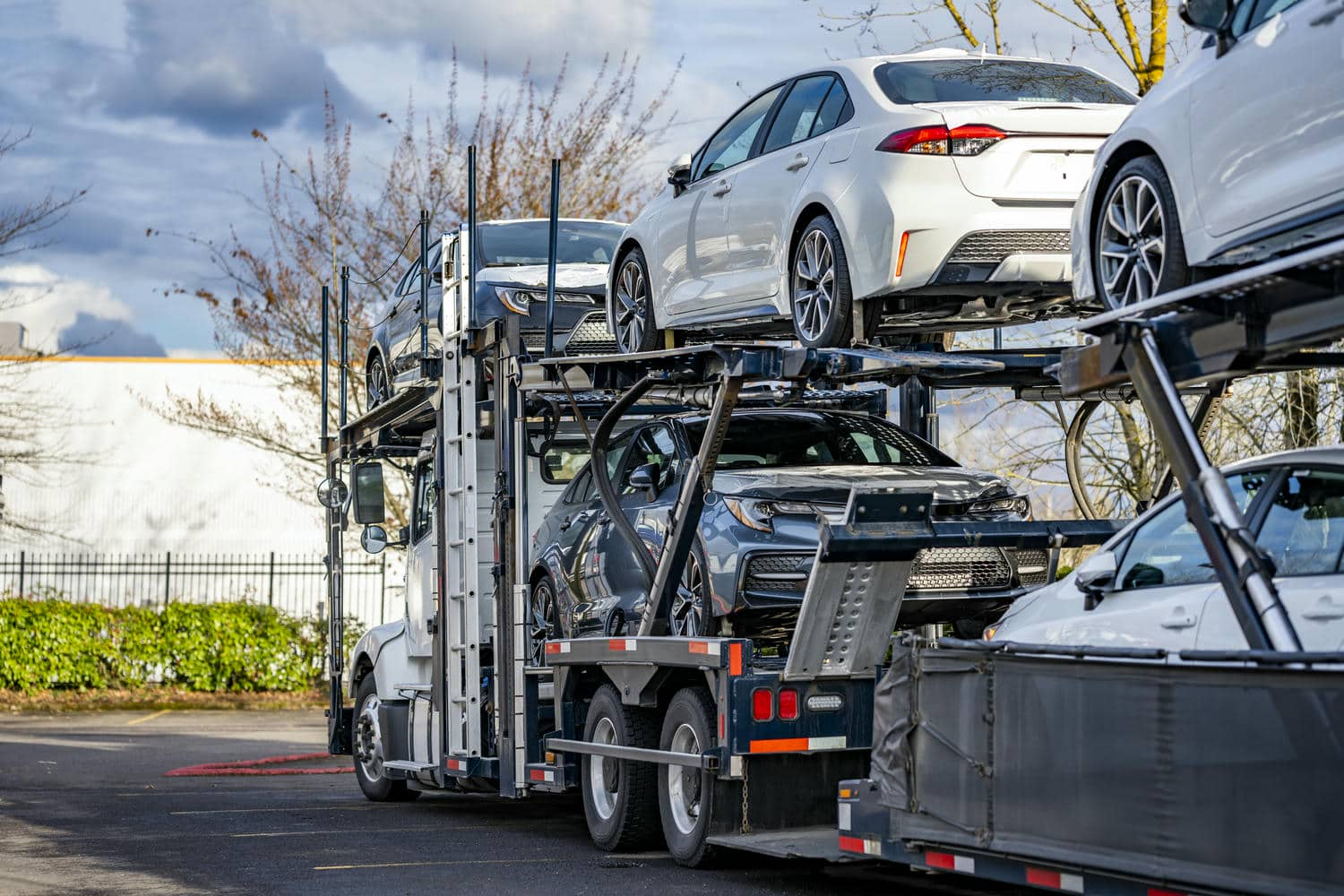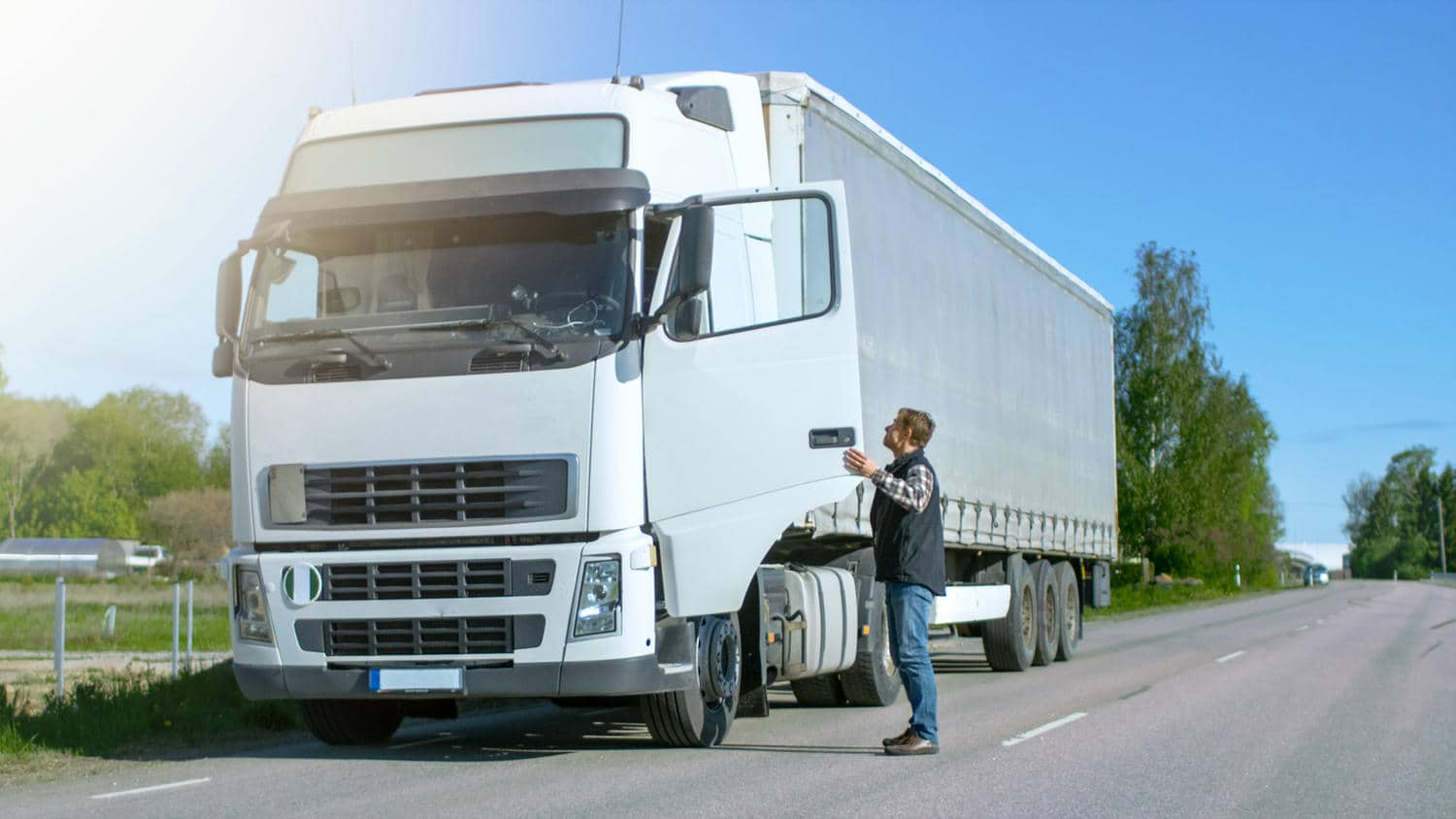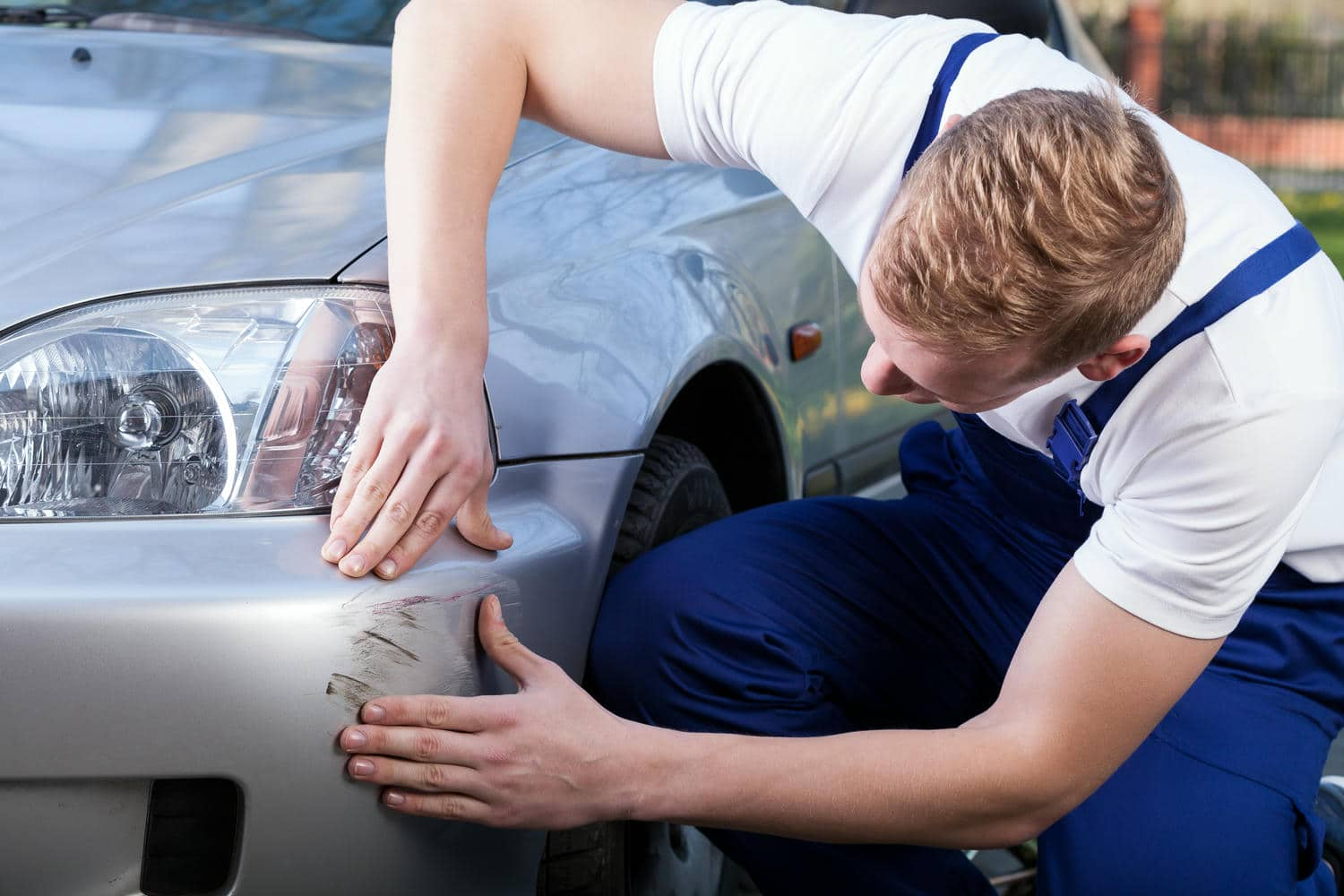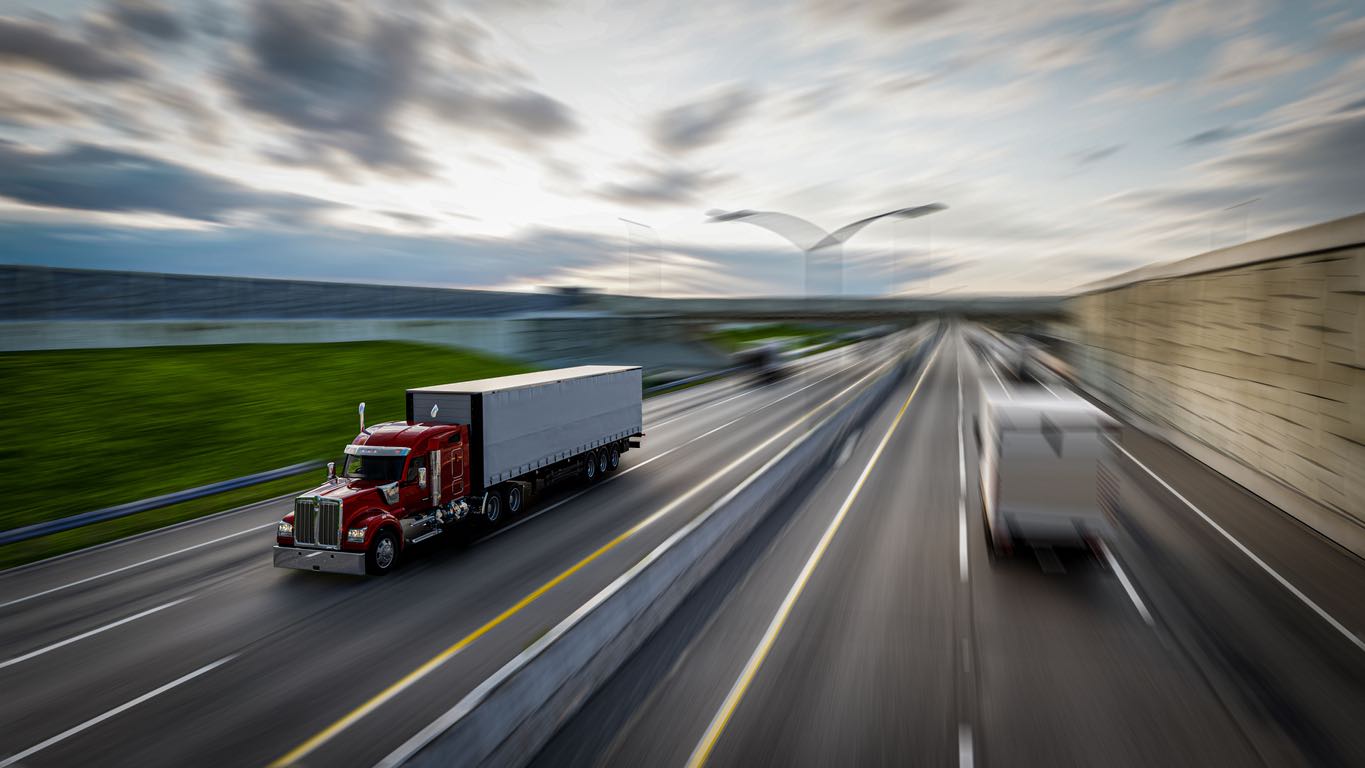When shipping a vehicle, choosing between open and enclosed options can be challenging. Open car shipping is often more affordable, while enclosed transport offers extra protection. This article will clarify the differences between the two methods, outline factors to consider when making your choice, and share customer experiences to guide your decision. Understanding these aspects helps ensure that your vehicle arrives safely and fits your budget, allowing you to pick the best service for your needs.
- Open car shipping is cost-effective and suitable for standard vehicles like sedans and SUVs
- Enclosed shipping offers enhanced protection, ideal for high-value or classic cars during transit
- The choice between open and enclosed depends on vehicle value, distance, and individual needs
- Weather conditions can impact the shipping method chosen for vehicle transport
- Comprehensive insurance is typically better with enclosed shipping compared to open car transport

Open car shipping involves transporting vehicles using open car carriers, which are exposed to the elements. This method is commonly used for standard cars, trucks, and SUVs. The benefits include cost-effectiveness and the ability to accommodate multiple vehicles at once. However, there are limitations and risks, especially when it comes to delivering luxury cars, which may be better suited for enclosed transport. Understanding these aspects helps customers make informed logistics decisions.
Open car shipping is a popular method of transporting vehicles using open car carriers. Truck drivers utilize this method primarily for standard vehicles such as sedans, trucks, and SUVs, offering a cost-efficient way to ship multiple cars simultaneously. This type of transport, while practical, exposes vehicles to various elements, making it suitable for cars that do not require protection from external conditions.
The process begins when a customer requests vehicle transportation, and a shipping coordinator assigns an appropriate truck driver to the job. The assigned driver picks up the vehicle and loads it onto an open carrier that typically holds several cars at once, maximizing efficiency. Although open car carriers facilitate easy access for loading and unloading, this method might not be the ideal choice for high-value or classic vehicles that are better suited for enclosed auto transport.
Enclosed vehicle transport, while more secure, generally comes at a higher cost and is often recommended during adverse weather conditions, such as snow or heavy rains. For customers who prioritize budget and are shipping everyday vehicles, open car shipping remains a favorable option. Understanding these differences helps customers decide the best method for their unique transport needs, balancing cost against protection and convenience.
Open car shipping is a preferred choice for transporting standard vehicles such as sedans, vans, SUVs, and trucks. These vehicles are typically less sensitive to exposure, making them ideal candidates for open shipping. As car shipping services often prioritize cost and efficiency, this method allows customers to transport multiple vehicles at once, ultimately reducing the overall expense associated with car transport.
Those looking to utilize open car shipping often transport everyday vehicles or fleet automobiles. This includes cars used for commuting, business purposes, or family travel. By choosing open carriers, individuals and businesses can take advantage of a reliable car shipping service that balances affordability and practicality.
While open shipping accommodates a wide range of vehicles, it is not well-suited for luxury or classic cars. These high-value vehicles usually require enhanced protection, which makes enclosed shipping the better option. Understanding these distinctions can guide customers in selecting the appropriate car transport method based on their specific vehicle needs and investment level:
|
Vehicle Type |
Open Shipping Suitability |
Notes |
|
Sedans |
Suitable |
Commonly transported using open carriers. |
|
SUVs |
Suitable |
Ideal for open transport due to their durability. |
|
Luxury Cars |
Not Suitable |
Recommended for enclosed carriers to minimize risk. |
|
Classic Cars |
Not Suitable |
Enclosed shipping is preferred for added protection. |
One of the main advantages of open car shipping is its cost-effectiveness. This method allows multiple vehicles to be transported simultaneously, which helps reduce the overall shipping expense for customers. By opting for open auto transport, individuals and businesses can effectively manage their budget while still ensuring their vehicles reach their destination safely.
Open car shipping also offers flexibility in scheduling and delivery routes. Since open carriers can access a broader range of locations along highways and major routes, they can efficiently accommodate diverse transport needs. This can be especially beneficial for those with tight timelines or specific delivery preferences, making the process smoother and more reliable.
Moreover, open car transport is well-suited for most standard vehicles that are not as vulnerable to environmental exposure, such as debris from the highway. While enclosed auto shipping provides excellent protection for luxury cars, everyday vehicles transport well through open carriers without significant risks associated with varying climate conditions. This reliability makes open car shipping an appealing choice for many looking to move their vehicles with minimal fuss.
Open car shipping carries inherent limitations and risks that potential customers should consider before opting for this method. One significant risk is the exposure of vehicles to various elements, including weather conditions, road debris, and potential vandalism during transit. This exposure can lead to damages that may not be covered under standard insurance policies, leading to unforeseen repair costs and issues for the owner.
Another important consideration is the potential for varying car shipping costs depending on the distance and route taken. While open car shipping tends to be more cost-effective than enclosed options, additional charges can arise if there are unexpected obstacles on the transport path. For example, if a vehicle needs to be towed or rerouted due to road conditions or obstructions, the shipping price can increase, diminishing the initial savings.
Lastly, security is a notable concern with open car carriers, as vehicles are visible during transport, posing a risk of theft or vandalism. Owners of high-value or specialty vehicles may find the lack of protective covering unacceptable. For them, enclosed shipping may be a more suitable alternative, despite the higher price, offering peace of mind that their investment is secure during transit.
Open car shipping offers a practical choice, but there is more to consider. Enclosed car shipping protects your vehicle from the elements, ensuring safe transport for those who demand extra care.

Enclosed car shipping provides a secure method for transporting vehicles, protecting them from elements like hail and road debris. Shipping companies offer different types of enclosed carriers to cater to various needs, especially for high-value items like sports cars. This section will discuss the advantages and potential disadvantages of enclosed auto transport, highlighting associated fees and considerations for customers.
Enclosed car shipping involves the transportation of vehicles within a fully enclosed trailer, providing substantial protection from environmental factors. This method is particularly beneficial for luxury vehicles, enthusiasts’ cars, and supercars, which require more care during transit. By utilizing this type of auto transport, owners can ensure their vehicles are safeguarded from hazards such as road debris and adverse weather conditions.
The process of enclosed shipping starts similarly to open car shipping, with a customer coordinating their needs with an auto transport broker. Once a bill of lading is prepared, a qualified car carrier is assigned to pick up the vehicle and load it securely into an enclosed trailer. This method guarantees that the vehicle maintains its pristine condition throughout the journey, as enclosed carriers minimize exposure to the elements and reduce the risk of potential damages during transport.
While enclosed car shipping offers various advantages, it often comes at a higher cost compared to open car shipping. Clients should consider their vehicle’s value and the level of protection required when selecting their shipping method. Understanding the nuances between these two options helps customers make informed transportation decisions that best suit their unique needs.
|
Shipping Method |
Protection Level |
Typical Vehicle Types |
Cost |
|
Open Car Shipping |
Low |
Standard Cars, Trucks, SUVs |
Lower |
|
Enclosed Car Shipping |
High |
Luxury Cars, Supercars, Classic Vehicles |
Higher |
Enclosed car transport offers a variety of carrier types designed to meet specific customer needs. The most common types include hard-sided trailers, soft-sided trailers, and liftgate trailers. Hard-sided trailers provide maximum protection from road debris and environmental factors, making them ideal for high-value vehicles, while soft-sided options may allow for more flexibility in loading and unloading.
Liftgate trailers are another popular choice in enclosed car shipping. These carriers feature a hydraulic lift at the rear, simplifying the loading process, especially for lower vehicles that might pose challenges with traditional ramps. This accessibility reduces the risk of damage during loading and unloading, ensuring that vehicles remain secure from potential hazards.
When selecting an enclosed carrier, customers should consider aspects such as the vehicle’s value, the level of protection desired, and the specific route. Understanding the different types of enclosed car transport options available can aid in determining the best fit for individual transport needs, ensuring the vehicle arrives safely and in optimal condition:
- Hard-sided Trailers: Maximum protection for high-value vehicles.
- Soft-sided Trailers: Flexible loading options for standard cars.
- Liftgate Trailers: Easy loading and unloading for low-profile vehicles.
One major advantage of opting for enclosed car shipping is the enhanced protection it offers. Vehicles shipped in enclosed carriers are shielded from dust, debris, and harsh weather conditions during transit. This protection significantly reduces the risk of wear and potential damage, ensuring that cargo arrives in the same pristine condition as when it was loaded.
Furthermore, enclosed car shipping often provides a higher level of security, which is appealing to users transporting high-value or luxury vehicles. With the added barriers offered by enclosed trailers, the likelihood of theft or vandalism diminishes, giving vehicle owners peace of mind. This security can be particularly beneficial for owners who are concerned about their significant investments.
In addition, enclosed transport services commonly come with comprehensive insurance policies that cover damages during transit. This aspect is crucial for users who wish to safeguard their assets against unforeseen events. Knowing that an appropriate policy is in place helps instill confidence in customers as they navigate the logistics of shipping, allowing them to focus on their upcoming move without worry.
One potential disadvantage of enclosed car shipping is its higher cost compared to open car transport. While the added protection is beneficial for luxury vehicles and classic cars, the expense may not be justified for everyday vehicles. Customers should weigh the level of protection needed against their budget when deciding between shipping options.
Another concern relates to the availability of enclosed car carriers, which may be limited compared to open car carriers. This scarcity can lead to longer waiting times for scheduling, especially during peak seasons when demand is high. For individuals needing to ship their vehicle promptly, this factor can complicate logistics and create delays.
Lastly, even with enclosed car shipping, there is still a risk of theft during transit. Although the enclosed carriers provide more security than open car transport, potential thieves may still target these vehicles. Therefore, customers should ensure they choose reliable transport services with a solid track record to minimize this risk and protect their valuable investments.
Enclosed car shipping provides a protective shield for your vehicle, ensuring safety from the elements. To fully grasp the benefits, one must compare it with open car shipping and understand the key differences that shape each option.

When comparing open and enclosed car shipping, cost differences are notable, with open transport typically being more budget-friendly for standard vehicles such as sedans. Safety and protection levels vary, as enclosed shipping offers greater safeguards against elements, making it ideal for high-value cars. Understanding these factors, along with typical use cases for each method, aids in selecting the best option for vehicle transport needs.
The cost of open car shipping is generally more affordable than that of enclosed shipping. Open carriers can transport multiple vehicles simultaneously, which reduces the overall shipping expense for customers. This cost-effective option is particularly appealing for those looking to ship standard cars, trucks, and SUVs without breaking the bank.
In contrast, enclosed car shipping tends to come with a higher price tag due to the additional benefits and protections it offers. Clients seeking to transport luxury or classic vehicles often find that the higher cost is justified by the security and safeguarding provided against environmental factors and damage. Understanding this financial difference helps customers make informed decisions based on their budget and the value of their vehicle.

When considering the safety and protection levels of open versus enclosed car shipping, a distinct difference emerges. Open car shipping exposes vehicles to the elements, including potential damage from weather and road debris. This risk makes it less suitable for high-value cars or classic vehicles, as they may incur unintended wear and tear during transit.
In contrast, enclosed car shipping provides a secure environment for vehicles, minimizing exposure to external hazards. By using fully enclosed trailers, this method protects vehicles from rain, hail, and dust, ensuring they arrive in pristine condition. Owners of luxury cars or rare models often find this level of protection crucial to preserving their investments during transportation.
Open car shipping is often the method of choice for individuals and businesses transporting standard vehicles such as sedans, SUVs, and trucks. This approach is well-suited for customers who prioritize affordability and need to move multiple vehicles at once. For instance, car dealerships frequently opt for open transport to efficiently ferry inventory across regions without incurring high costs.
On the other hand, enclosed car shipping is ideal for high-value vehicles, such as luxury cars and classic models. Owners of these types of automobiles typically seek additional protection from environmental hazards, as they understand the risk of damage during transport. For example, car collectors or enthusiasts may use enclosed shipping to ensure that their prized possessions arrive in pristine condition, free from potential road debris and adverse weather effects.
When selecting a shipping method, customers must evaluate their specific needs based on vehicle type and value. Open car shipping serves everyday vehicles efficiently, while enclosed options cater to those requiring extra care for premium cars. Understanding these use cases aids customers in making informed decisions that align with their transportation requirements and budgetary constraints.
Choosing between open and enclosed car shipping involves more than just preference. Understanding the crucial factors can help make the right decision for your vehicle’s journey.

When determining between open and enclosed shipping, several critical factors come into play. The type and value of the vehicle significantly influence the decision, as higher-value items often require enhanced protection. Additionally, distance and destination considerations affect logistics, while weather and seasonal conditions can further dictate the suitability of each shipping method. Understanding these aspects ensures an informed choice tailored to specific transport needs.
The type of vehicle being transported plays a crucial role in determining whether to choose open or enclosed shipping. Standard vehicles, such as sedans and SUVs, are often suitable candidates for open carriers due to their robustness and lower risk of damage from environmental factors. In contrast, high-value vehicles, such as luxury and classic cars, typically require the added protection offered by enclosed transport to safeguard them from potential hazards during transit.
Value considerations significantly influence the decision-making process when selecting the shipping method. Owners of expensive cars often seek maximum protection to minimize the risk of damage that could occur during transport. By choosing enclosed shipping for these valuable assets, vehicle owners gain peace of mind knowing their investments are better safeguarded from dust, debris, and adverse weather conditions.
Furthermore, understanding the balance between the vehicle’s worth and the necessary protection helps customers make informed decisions. For example, a car collector may opt for enclosed transport for their rare models to ensure they arrive in pristine condition, while everyday commuters might find that open car shipping meets their needs efficiently and cost-effectively. This approach allows individuals to align their shipping choices with their specific requirements and budget considerations:
|
Vehicle Type |
Open Shipping Suitability |
Recommended Shipping Method |
|
Sedans |
Suitable |
Open Shipping |
|
SUVs |
Suitable |
Open Shipping |
|
Luxury Cars |
Not Suitable |
Enclosed Shipping |
|
Classic Cars |
Not Suitable |
Enclosed Shipping |
Distance plays a significant role in determining the best method for vehicle transport. For shorter distances, open car shipping often proves to be the most economical choice, allowing for quick, efficient transport without the added expenses associated with enclosed options. Conversely, for long-distance shipments, the protection offered by enclosed car shipping becomes increasingly valuable, particularly for high-value vehicles that need to arrive without damage.
The destination can also impact the choice between open and enclosed shipping. Some locations may have limited access for enclosed carriers due to road conditions or narrow streets, leading to delays and complications. Open carriers typically have more flexibility in reaching various destinations, making them a reliable option in such cases, especially in suburban or rural areas where accessibility could be an issue.
Weather conditions along the route should also be considered when deciding on a shipping method. Areas prone to adverse weather, such as snow or heavy rain, often present risks for vehicles transported by open carriers. Enclosed shipping provides greater protection from these elements, ensuring that vehicles remain safe from potential damage caused by harsh conditions:
|
Factor |
Open Shipping |
Enclosed Shipping |
|
Distance |
Cost-effective for short distances |
Preferred for long distances for protection |
|
Destination Accessibility |
More flexible access |
May face limitations in narrow or difficult locations |
|
Weather Conditions |
Exposed to elements |
Offers protection from adverse weather |
Weather conditions play a significant role in determining the most suitable car shipping method. Open car shipping puts vehicles at risk from rain, snow, or harsh sunlight, which can cause potential damage to the exterior. For shipping during seasons known for severe weather, such as winter storms or summer heatwaves, opting for enclosed transport may provide essential protection, ensuring the vehicle arrives without harm.
Seasonal factors must also be accounted for when selecting a shipping option. During spring and fall, areas can experience heavy rainfall or unexpected weather changes that could jeopardize a vehicle’s condition. In these unpredictable conditions, enclosed car shipping might be the better choice, as it shields vehicles from damages associated with debris and moisture in the environment.
When considering car transport, evaluating the typical weather patterns for the route is imperative. For instance, if the vehicle must cross regions known for inclement weather, such as mountainous passes and coastal areas during storm season, choosing enclosed shipping can minimize risks. Vehicle owners should prioritize examining seasonal forecasts along the planned route to ensure they select the most appropriate shipping method based on weather forecasts.
- Weather conditions impact vehicle protection during transport.
- Seasonal factors can lead to potential damage risks.
- Evaluating weather patterns helps in choosing the right shipping method.
Many have taken the journey, weighing their choices with care. Now, let’s hear what real customers have to say about their experiences with both open and enclosed shipping.

Customer feedback on open car shipping commonly highlights its affordability and efficiency, making it a favored choice for transporting standard vehicles. In contrast, testimonials regarding enclosed car shipping often emphasize the heightened protection and security provided for high-value automobiles. These insights reveal valuable perspectives from individuals who have utilized both shipping methods, aiding prospective customers in making informed decisions.
Customer experiences with open car shipping often highlight its affordability and efficiency. Many users appreciate the cost-effective nature of this method, especially when transporting standard vehicles like sedans and SUVs. This price advantage makes open car transport a practical choice for individuals and businesses looking to manage shipping expenses while ensuring their vehicles reach their destination promptly.
Another common point raised by customers is the convenience of scheduling and delivery flexibility associated with open car carriers. Customers frequently report that these carriers can access a wide range of locations, making it easier for them to arrange pickups and drops according to their specific timelines. This adaptability is particularly beneficial for those needing to ship multiple vehicles at once, as open transport often accommodates various delivery routes without significant delays.
Customer testimonials for enclosed car shipping frequently highlight the peace of mind it provides, particularly for owners of luxury and classic automobiles. One satisfied client shared their experience of shipping a vintage car, noting how the enclosed transport ensured that the vehicle arrived in pristine condition, free from any potential damage from environmental factors. This level of protection is a primary motivator for those investing in high-value vehicles.
Another customer expressed gratitude for the enhanced security offered by enclosed shipping. With their high-end sports car transported within a secure trailer, they felt reassured knowing that the risk of theft and vandalism was significantly reduced. Reviews often emphasize this aspect, showcasing how enclosed carriers can make a substantial difference for individuals concerned about their investments.
Many customers have questions about their choices. Next, let’s address the most common inquiries about open and enclosed car shipping.

This section addresses common inquiries regarding open and enclosed car shipping, focusing on key distinctions. It explores the average cost difference between the two methods, typical shipping durations for each option, and the levels of insurance coverage available. Understanding these factors helps customers make informed decisions that align with their transport needs and budgetary considerations.
The average cost difference between open and enclosed car shipping is significant. Open car shipping is generally more budget-friendly, mainly due to the ability to transport multiple vehicles simultaneously. This reduced cost structure makes it a popular choice for customers looking to ship standard vehicles like sedans and SUVs without incurring high expenses.
On the other hand, enclosed car shipping tends to be more expensive, offering additional protection and security for high-value vehicles. Owners of luxury or classic cars often find that the extra cost is justified by the assurance that their investments will be safeguarded against environmental hazards during transit. In many cases, the cost of enclosed shipping can be around 20% to 30% higher compared to open shipping, depending on the vehicle’s value and transport distance.
Ultimately, customers must evaluate their specific shipping needs when considering these costs. Understanding the financial implications of each method allows vehicle owners to choose a transport solution that aligns with their budget while ensuring their vehicles are adequately protected during transit. Key factors affecting shipping costs include:
- Type of vehicle
- Distance to be covered
- Seasonal demands and availability of carriers
The shipping duration for open car transport typically ranges from 1 to 7 days, depending on the distance and route specifics. Open carriers usually travel established highways and major routes, which can expedite the delivery process. For clients needing to ship their vehicles quickly, this method often provides a timely and efficient option.
In contrast, enclosed car shipping may take slightly longer, often between 2 to 8 days, due to the more specialized nature of these services. Enclosed carriers require careful handling and may be subject to routing limitations that can affect delivery times. Customers transporting high-value vehicles using this method should anticipate potential delays during peak seasons when demand for enclosed services is higher.
When comparing insurance coverage options between open and enclosed car shipping, it is essential to recognize that enclosed shipping typically offers more comprehensive protection. Enclosed car carriers often come with robust insurance policies that secure vehicles against a wide range of potential damages during transit. This added layer of coverage is particularly appealing to owners of high-value vehicles, who require assurance that their investments are protected.
On the other hand, open car shipping usually provides a more basic level of insurance coverage. While it does include standard protections, the exposure to the elements and potential road debris may not be fully covered, leading to potential gaps in insurance. Therefore, vehicle owners must carefully review the insurance terms before selecting the shipping method, ensuring they understand what is included with their chosen option.
For individuals looking to transport everyday vehicles, the basic coverage from open transport may suffice, especially since the risks are lower. However, for luxury or classic cars, opting for enclosed shipping offers peace of mind with stronger insurance provisions. Understanding these differences helps customers make informed choices regarding their car shipping needs, ensuring they select the most suitable option for their specific circumstances:
- Enclosed shipping generally provides better insurance coverage.
- Open shipping often has basic insurance that may not cover all risks.
- Owners of high-value vehicles should consider enclosed transport for enhanced protection.

Understanding the difference between open and enclosed shipping is crucial for anyone looking to transport a vehicle. Open car shipping is often the most economical choice for standard vehicles, balancing affordability and practicality, while enclosed shipping provides enhanced protection for high-value cars. Evaluating factors such as vehicle type, budget, and transportation needs empowers customers to make informed decisions. By recognizing these distinctions, individuals can optimize their vehicle shipping experience, ensuring their cars arrive safely and efficiently.
Need to ship your car? Whether you’re transporting on an affordable open car carrier or require the extra protection of an enclosed trailer, Ship A Car, Inc. has you covered. Call us today at (866) 821-4555 or use our Auto Transport Calculator for a free, instant quote and stress-free vehicle shipping!




